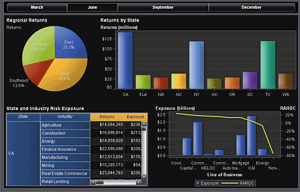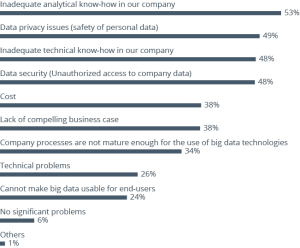
In the realm of data analysis, statistics play a crucial role in understanding and interpreting data. Two fundamental branches of statistics are descriptive and inferential statistics. While they both aim to analyze data, they serve different purposes and are used in distinct ways. In this blog, we will explore the key differences between descriptive and inferential statistics, their applications, and how they complement each other in data analysis.
What are Descriptive Statistics?
Descriptive statistics involve summarizing and organizing data to make it easier to understand and interpret. They provide a way to describe the basic features of a data set quantitatively. Descriptive statistics help us to see patterns, trends, and distributions within the data without making any inferences about a larger population.
Key Components of Descriptive Statistics:
- Measures of Central Tendency:
- Mean: The average of all data points.
- Median: The middle value when data points are ordered.
- Mode: The most frequently occurring value in the data set.
- Measures of Dispersion:
- Range: The difference between the maximum and minimum values.
- Variance: The average of the squared differences from the mean.
- Standard Deviation: The square root of the variance, indicating how spread out the data points are.
- Measures of Position:
- Percentiles: Values below which a certain percentage of data points fall.
- Quartiles: Values that divide the data set into four equal parts.
- Graphical Representations:
- Histograms: Show the distribution of data points.
- Box Plots: Display the spread and skewness of the data.
- Bar Charts: Represent categorical data with rectangular bars.
Applications of Descriptive Statistics:
- Summarizing survey results
- Understanding customer demographics
- Analyzing performance metrics
- Visualizing data trends and patterns
What are Inferential Statistics?
Inferential statistics go beyond simply describing the data. They are used to make inferences and predictions about a larger population based on a sample of data. Inferential statistics help to draw conclusions, test hypotheses, and determine relationships between variables.
Key Techniques in Inferential Statistics:
- Hypothesis Testing:
- Null Hypothesis (H0): A statement that there is no effect or difference.
- Alternative Hypothesis (H1): A statement that there is an effect or difference.
- P-value: The probability of observing the data if the null hypothesis is true.
- Significance Level (α): A threshold for rejecting the null hypothesis, commonly set at 0.05.
- Confidence Intervals:
- A range of values within which the true population parameter is expected to fall with a certain level of confidence (e.g., 95%).
- Regression Analysis:
- A technique for modeling the relationship between a dependent variable and one or more independent variables.
- ANOVA (Analysis of Variance):
- A method for comparing the means of three or more groups to see if at least one group mean is different.
- Chi-Square Tests:
- Used to test the independence of two categorical variables or the goodness of fit.
Applications of Inferential Statistics:
- Predicting election outcomes
- Testing the effectiveness of a new drug
- Estimating population parameters
- Analyzing experimental data
- Determining the impact of marketing campaigns
Key Differences Between Descriptive and Inferential Statistics:
| Feature | Descriptive Statistics | Inferential Statistics |
|---|---|---|
| Purpose | Summarize and describe the main features of a data set | Make inferences and predictions about a population based on a sample |
| Scope | Focuses on the sample data | Focuses on the population using sample data |
| Techniques | Measures of central tendency, dispersion, position, graphical representations | Hypothesis testing, confidence intervals, regression analysis, ANOVA, chi-square tests |
| Outcome | Provides a snapshot of the data | Provides conclusions and predictions |
| Use Cases | Survey summaries, performance metrics, data visualization | Experimental analysis, population parameter estimation, hypothesis testing |
Conclusion
Descriptive and inferential statistics are both essential tools in the field of data analysis. Descriptive statistics help us to understand and summarize the data at hand, providing a clear picture of its main characteristics. Inferential statistics, on the other hand, allow us to make predictions and draw conclusions about a larger population based on sample data. By combining these two approaches, we can gain a deeper understanding of the data and make more informed decisions.
Understanding the differences between descriptive and inferential statistics is crucial for anyone involved in data analysis, as it enables the effective use of statistical methods to extract meaningful insights from data. Whether you’re summarizing data for a report or conducting research to test hypotheses, both descriptive and inferential statistics play a vital role in the process.








